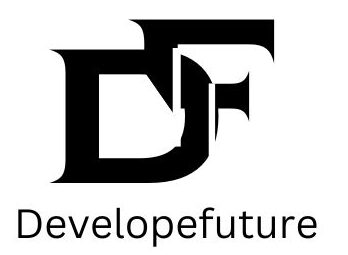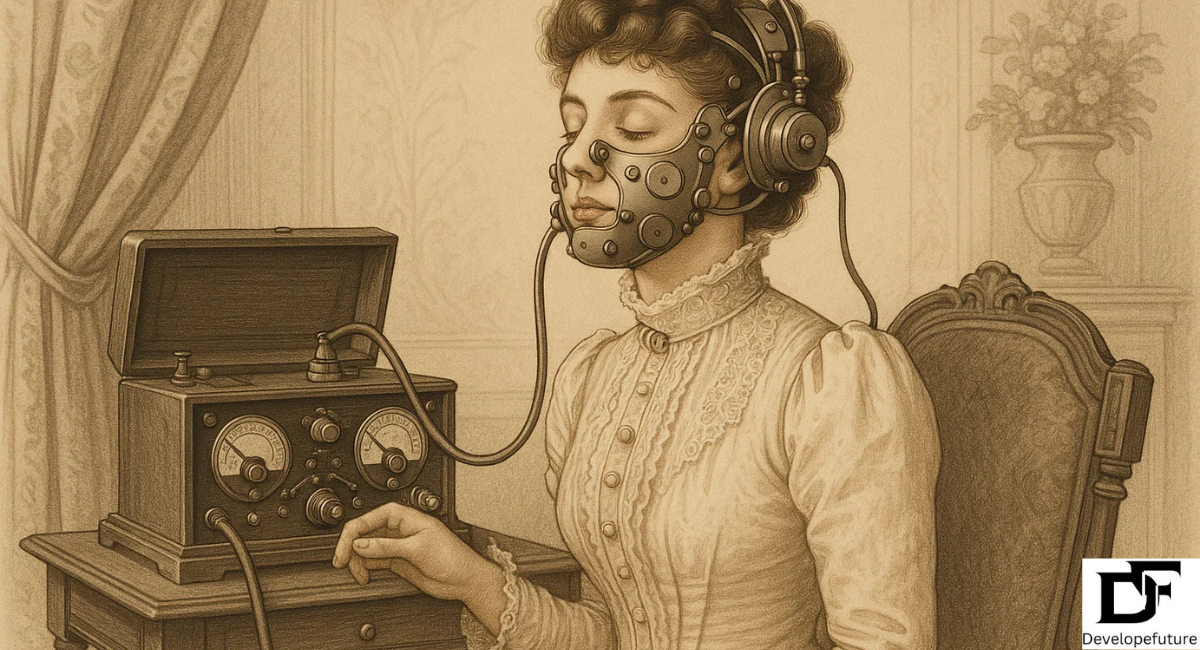The Victorian era, spanning from 1837 to 1901, was during the reign of Queen Victoria. Marked a period of immense transformation in nearly every aspect of life. Like industrialization, scientific discovery, and social reform redefined culture. Also left an imprint on fashion, lifestyle, and health practices. Among these transformations, beauty technology in the Victorian era began to flourish in various ways. That would influence modern beauty standards and innovations.
During this time, beauty was tied closely to morality and status. Women were expected to embody modesty, refinement, and grace. The pale complexion of the upper class. Its delicate hairstyles and carefully crafted appearances symbolized wealth and respectability. Behind this outward appearance lay a fascinating world of experimentation, invention, and innovation. Beauty technology in the Victorian era was not merely about vanity. It was also about medical science and chemistry. Even mechanics are stepping into the service of personal grooming.
Modern beauty practices—such as skincare routines, hair styling devices, and cosmetic enhancements. It owes its sophistication to the 20th and 21st centuries. Their foundations were laid much earlier. Victorian inventors and entrepreneurs developed new tools, formulas, and concepts. That not only reflected societal ideals. But also provided practical solutions to grooming challenges. We explore innovations in beauty technology in the Victorian era. Truly stood out, how they were received, and their long-lasting legacy.
Table of Contents
The Concept of Beauty and Technology in the Victorian Era
The innovations are essential. To first recognize how beauty was perceived during this time. Beauty technology in the Victorian era was strongly tied. To ideals of purity and naturalness. Heavy makeup was often frowned upon. It’s associated with actresses or women of questionable reputation. Instead, women preferred subtle enhancements that gave the illusion of natural beauty.
At the same time, advancements in science and industry were shaping consumer goods. Chemistry provided new formulations for lotions, creams, and perfumes. Mechanical engineering offered devices for curling hair, straightening it. Even massaging the scalp to stimulate growth. This intersection of science and aesthetics meant. Beauty technology in the Victorian era was not about appearance. It’s also about health and self-care.
The Victorian era saw the rise of beauty manuals. And etiquette books that gave detailed advice on how to care for skin, hair, and body. These guides often recommended new inventions or products. It’s making technology an integral part of daily routines. The very concept of “technological beauty” became acceptable and desirable in polite society.
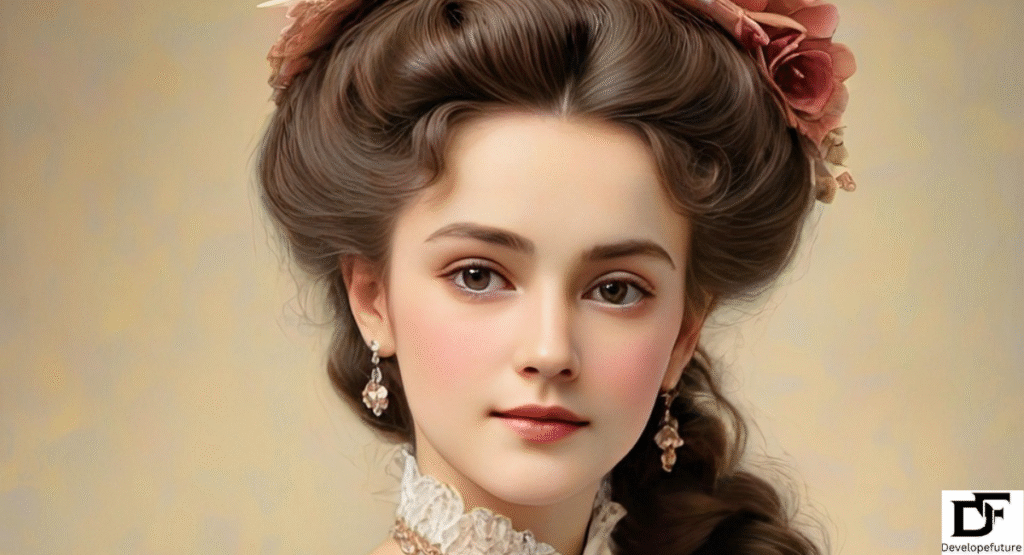
Cosmetic Innovations: Safe Formulations and Subtle Enhancements
One of the most significant shifts in beauty technology was in the Victorian era. It was the development of safer cosmetic formulations. Before this period, women often used toxic substances. Such as lead-based powders and arsenic lotions to achieve pale skin. These substances, while effective in whitening, caused severe health issues. Victorian chemists began to experiment with safer alternatives. It marks the beginning of modern cosmetic science.
Cold creams became particularly popular. Inspired by ancient recipes. But improved with Victorian chemistry. These creams provided both moisture and a subtle glow. Brands like Pond’s Cold Cream gained prominence during this time. It would go on to dominate the beauty industry for decades. This innovation in skin-care technology was a turning point. It was showing how scientific advancement could improve beauty practices safely.
Subtle rouges and lip tints were developed. It was using vegetable-based dyes instead of toxic chemicals. The emphasis was on achieving a natural blush rather than obvious coloration. Beauty technology in the Victorian era leaned toward discretion. It’s blending chemistry with societal values of modesty.
Hair Technology: Curling Irons, Crimpers, and Hairpieces
The most iconic innovations in beauty technology in the Victorian era were related to hair. Hairstyles were elaborate, often involving curls, waves, and intricate braiding. Achieving these styles by hand was time-consuming and inconsistent. Leading inventors to create mechanical solutions.
The curling iron became a defining innovation. Early curling tongs, heated over a fire or gas flame, allowed women to achieve uniform curls. While sometimes dangerous, burns and singed hair were not uncommon. They represented the merging of industrial invention with personal beauty. By the late Victorian period, these devices were refined. It was laying the groundwork for the safe electric curling irons we know today.
Crimping irons also gained popularity. These tools gave texture and volume to hair. It’s reflecting the elaborate styles fashionable in the second half of the 19th century. Hairpieces, wigs, and false hair made from human or horse hair became widespread. Such enhancements were made possible by improved manufacturing techniques. This made them more affordable and realistic. This shift showed how beauty technology in the Victorian era catered to both aesthetics and convenience.
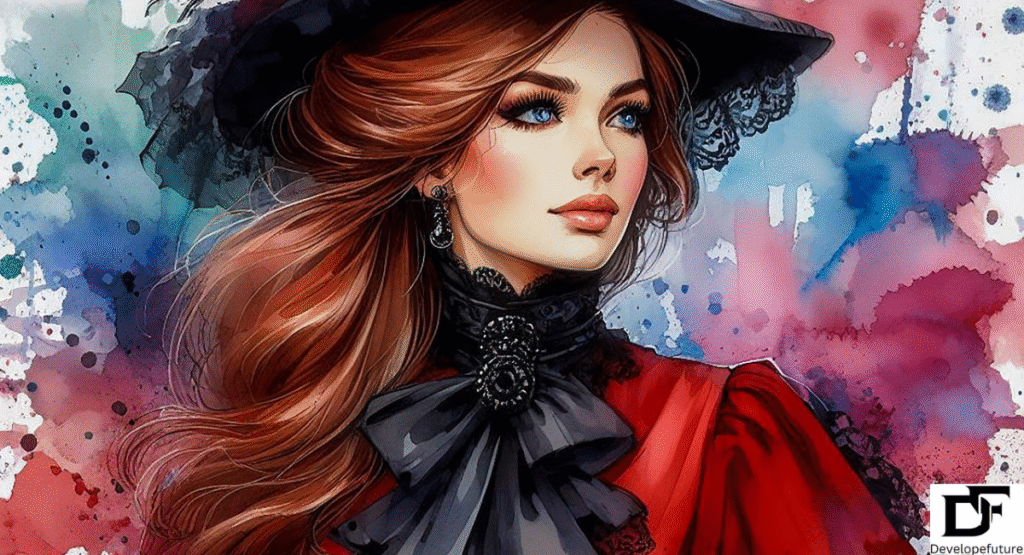
The Birth of Personal Grooming Devices
Beyond cosmetics and hairstyling, Victorian inventors also developed tools for grooming and well-being. The rise of scalp massagers and hairbrushes with natural bristles reflected the era’s growing belief. That good health led to good beauty. Patents were filed for devices. That claimed to stimulate hair growth or prevent baldness. It showcases an early fascination with what we would now call “beauty gadgets.”
Toothbrushes also became more standardized during this time. With mass production making them accessible to more households. While not only a beauty technology in the Victorian era, dental care was increasingly linked to appearance. It is a part of the broader Victorian beauty regimen.
The innovation of handheld mirrors with improved glass quality further transformed beauty practices. Women could now perform grooming rituals with greater precision. It reflects the growing role of beauty technology in the Victorian era personal appearance.
Perfume and Hygiene as Beauty Technologies
Fragrance also played a key role in Victorian beauty practices. The development of synthetic perfumes allowed for longer-lasting and more varied scents. Perfume bottles became objects of art, blending chemistry with craftsmanship. This was a form of beauty technology in the Victorian era. That extended beyond appearance into sensory experience. It’s allowing women to cultivate an aura of refinement.
At the same time, hygiene became increasingly emphasized. With advances in plumbing and the availability of soaps. Bathing was encouraged not only for health but also for attractiveness. Specialized soaps, shampoos, and bath additives were marketed as beauty products. These innovations blurred the line. Between health technology and beauty technology in the Victorian era. It’s reflecting the growing overlap between medicine, chemistry, and aesthetics.
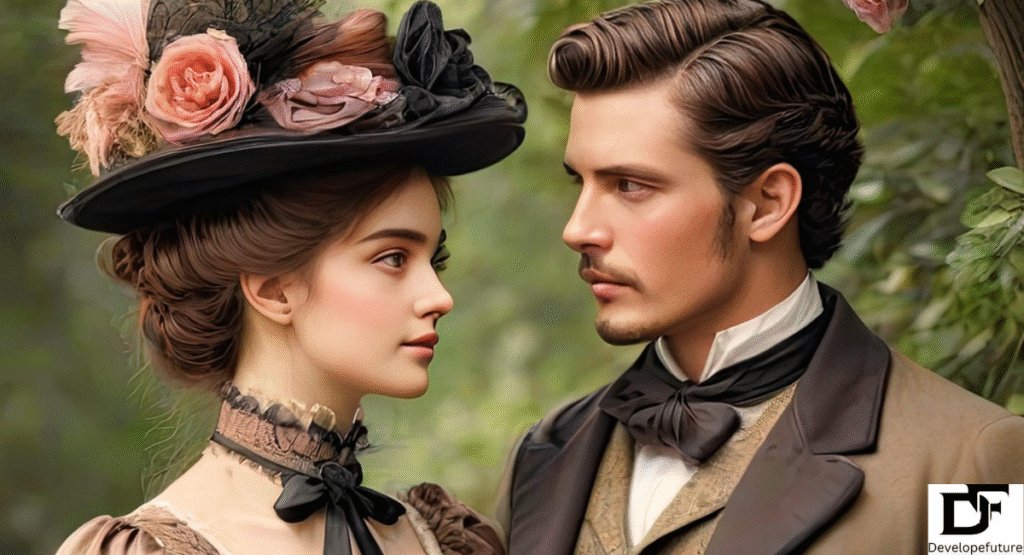
The Role of Beauty Salons and Professionalization
Another important innovation was not a single device or product but rather the professionalization of beauty services. The Victorian era saw the rise of beauty salons. Where women could access specialized treatments. And also that technologies they could not manage at home. From hairdressing to facial treatments, salons became centers of innovation. It’s spreading new technologies and styles to the wider public.
This professionalization also led to the creation of the “beauty specialist” as a career. It paved the way for the modern cosmetology industry. Beauty technology in the Victorian era was no longer confined to individual households. But was embedded within a social and professional framework.
Victorian Medical Devices and Beauty
Interestingly, some beauty technologies in this period overlapped with medical devices. For instance, electrotherapy machines, originally developed for therapeutic use. It’s marketed as a beauty device. That could rejuvenate the skin, slim the body, or stimulate hair growth. While many of these claims were exaggerated. They reflected the Victorian fascination with electricity as a symbol of progress.
These devices may seem primitive today. But they were precursors to modern technologies. Like microcurrent facials, laser hair removal, and electrical muscle stimulation. Beauty technology in the Victorian era thus planted the seeds for the integration of medical science into beauty practices.
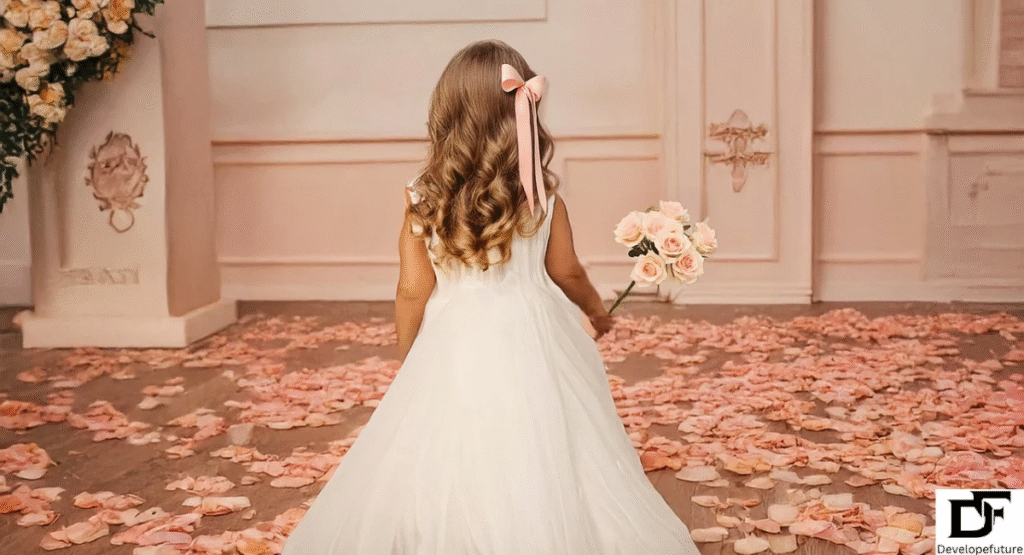
Social and Cultural Impact of Beauty Technology in the Victorian era
The innovations in beauty technology in the Victorian era were not simply about appearance—they were deeply tied to social norms. For women, adhering to beauty standards was often essential for securing social standing or marriage prospects. Technology provided tools to meet these expectations more effectively. Whether through curling irons, safer cosmetics, or improved grooming products.
At the same time, these innovations democratized beauty. As industrial manufacturing made products more affordable. Middle-class women could access technologies once reserved for the elite. This shift reflected broader societal changes in consumption, class mobility, and the role of women in public life.
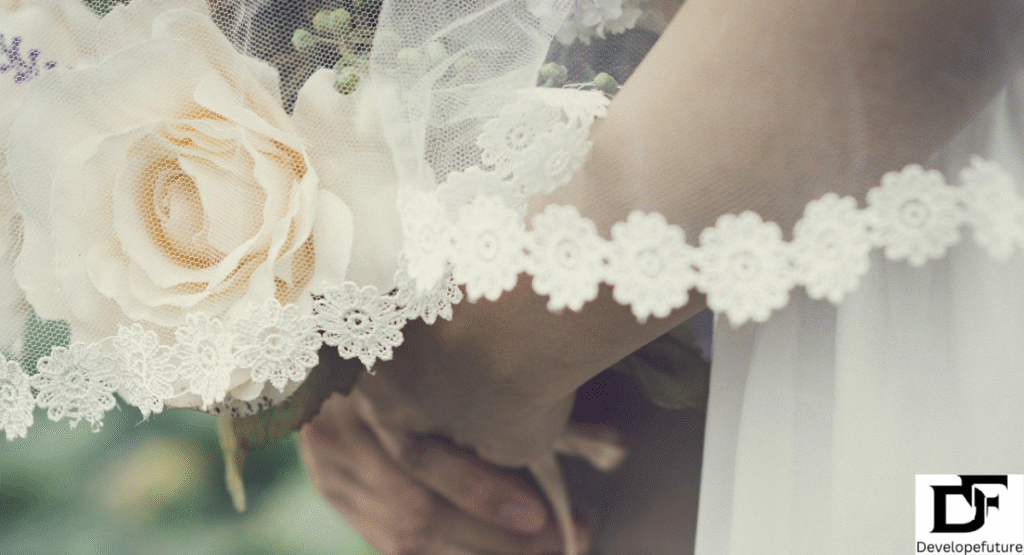
Legacy of Victorian Beauty Innovations
Many of the beauty technologies we take for granted today. Its curling irons, cold creams, synthetic perfumes, and professional beauty services. owe their origins to the Victorian era. What began as experimental. Even risky innovations gradually evolved into safe, standardized, and mass-produced products.
Beauty technology in the Victorian era established a culture of continuous beauty innovation. By linking science, technology, and aesthetics, Victorians set the stage for the 20th-century. Its explosion of cosmetic and grooming technologies. Beauty technology in the Victorian era was not merely a reflection of fashion. It was a driver of progress that shaped how we approach beauty today.
FAQ’s
What was the most significant beauty technology innovation in the Victorian era?
The curling iron was one of the most significant innovations of the Victorian era. It allowed women to create uniform curls and intricate hairstyles. That was fashionable at the time. It is marking an important step in the evolution of hairstyling technology.
How did Victorian women maintain their skin safely?
Victorian women shifted from toxic lead-based powders to safer alternatives. Like cold creams and vegetable-based rouges. These products were gentler. And reflected the growing influence of science in developing safer cosmetic formulations.
Did beauty salons exist in the Victorian era?
Yes, beauty salons began to emerge during the Victorian period. These establishments offered specialized treatments. And also technology, helping to professionalize beauty services. And laying the foundation for the modern cosmetology industry.
Were Victorian beauty technologies accessible to all social classes?
Initially, many beauty technologies were limited to the wealthy elite. Industrial manufacturing gradually made products. Like hairbrushes, perfumes, and grooming tools. That was affordable for middle-class women, democratizing access to beauty innovations.
What is the legacy of Victorian beauty technology today?
Many modern beauty practices—such as the use of curling irons, cold creams, synthetic perfumes, and beauty salons—trace their roots back to the Victorian era. The period established a culture of innovation. That still shapes the global beauty industry today.
Conclusion
Beauty technology in the Victorian era was a defining period for beauty innovation. Driven by cultural ideals of purity and refinement. It is alongside rapid industrial and scientific advancements. Victorians created tools, formulas, and practices that transformed personal grooming forever. From curling irons to cold creams. From perfumes to scalp massagers. Beauty technology in the Victorian era laid the foundation for modern cosmetics and personal care.
This period was more than an age of vanity. It was an age of experimentation. Also invention, and integration of science into everyday life. The technologies that originated then not only reflected the values of the time. But also carried forward into the 20th and 21st centuries. Its evolving with each generation.
In many ways, when we style our hair with a curling iron. We use a cold cream before bed. Step into a beauty salon for a treatment, we are continuing a legacy that began in the Victorian age. Beauty technology in the Victorian era was the spark. That ignited the modern beauty industry. It’s an essential chapter in the history of personal care and self-expression.
